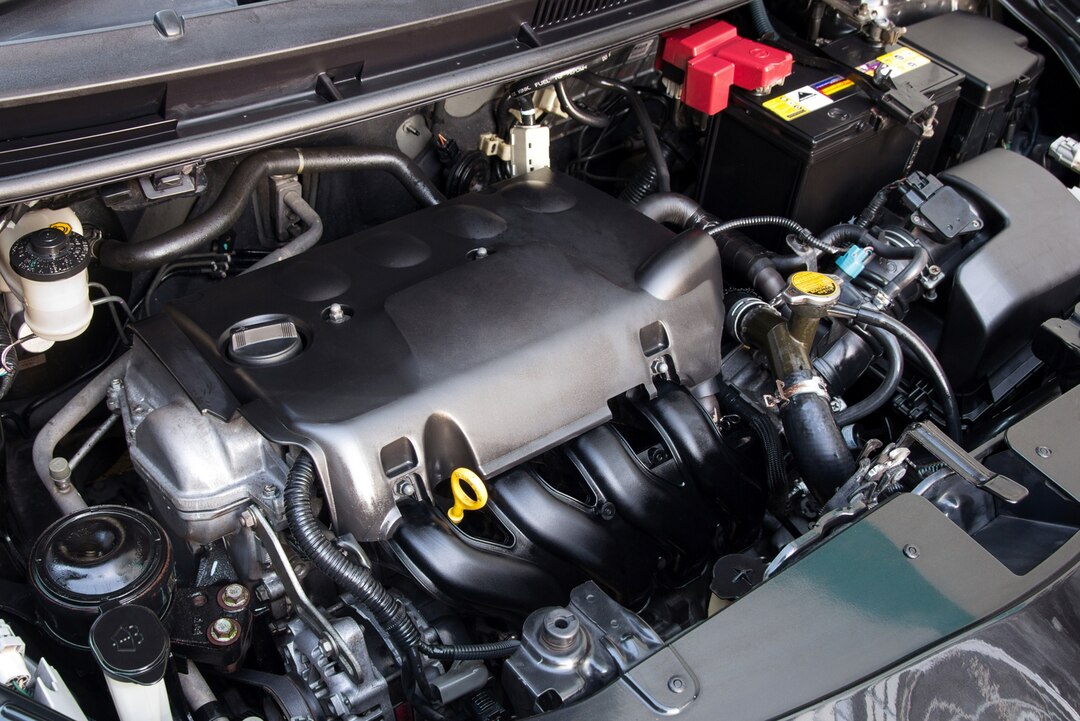The exhaust manifold is a critical component of your car’s exhaust system, responsible for collecting exhaust gases from the engine’s cylinders and directing them into the exhaust pipe. Over time, the exhaust manifold may wear out or become damaged, leading to various performance issues and potential safety hazards. Here are ten signs that indicate your car’s exhaust manifold may need replacement:
1. Loud Exhaust Noise:
- One of the most common signs of a failing exhaust manifold is a loud, noticeable noise coming from the engine area. This noise may resemble a hissing, ticking, or tapping sound and often becomes more pronounced during acceleration or when the engine is under load.
2. Exhaust Leaks:
- A leaking exhaust manifold can result in exhaust gases escaping from the engine before reaching the exhaust system. You may notice visible signs of leakage, such as soot or black residue around the manifold flanges, gaskets, or seams.
3. Decreased Engine Performance:
- A malfunctioning exhaust manifold can disrupt the proper flow of exhaust gases, leading to decreased engine performance and efficiency. You may experience symptoms such as reduced power, sluggish acceleration, or poor fuel economy.
4. Check Engine Light Illumination:
- A failing exhaust manifold can trigger the check engine light to illuminate on your car’s dashboard. This warning light indicates that the engine’s onboard diagnostic system has detected a problem with the exhaust system, including issues related to the exhaust manifold.
5. Unpleasant Odors Inside the Cabin:
- Exhaust leaks caused by a damaged manifold can allow toxic gases, such as carbon monoxide, to enter the vehicle’s cabin. If you notice foul or unusual odors, such as a sulfur-like smell, while driving, it may indicate a leak in the exhaust system.
6. Engine Misfires:
- An exhaust manifold leak can disrupt the air-fuel mixture entering the engine’s cylinders, leading to engine misfires or rough idling. You may feel the engine hesitating or stumbling, especially during acceleration or when the vehicle is stationary.
7. Increased Exhaust Emissions:
- A malfunctioning exhaust manifold can result in higher levels of emissions being released into the environment. If you notice excessive smoke or emissions coming from your car’s exhaust pipe, it may indicate a problem with the manifold or other components of the exhaust system.
8. Burning Smell Under the Hood:
- A leaking exhaust manifold can cause heat from the exhaust gases to escape into the engine compartment, leading to a burning smell under the hood. This smell may be accompanied by smoke or visible signs of burning, indicating a potential fire hazard.
9. Engine Overheating:
- A damaged exhaust manifold can disrupt the proper operation of the engine cooling system, leading to overheating issues. If you notice your engine temperature gauge rising above normal levels or experience coolant leaks, it may be a sign of a failing exhaust manifold.
10. Visible Cracks or Damage:
- Inspect the exhaust manifold visually for any signs of cracks, warping, or other damage. Cracks or holes in the manifold can lead to exhaust leaks and other performance issues, requiring immediate replacement to ensure safe and reliable operation.
If you notice any of these signs indicating a problem with your car’s exhaust manifold, it’s essential to address the issue promptly to prevent further damage and ensure the safety and performance of your vehicle. Consult with a qualified mechanic or automotive technician to diagnose the problem accurately and determine the appropriate course of action, which may include replacing the exhaust manifold and any other affected components. By staying vigilant and addressing issues early, you can avoid costly repairs and enjoy peace of mind on the road.











